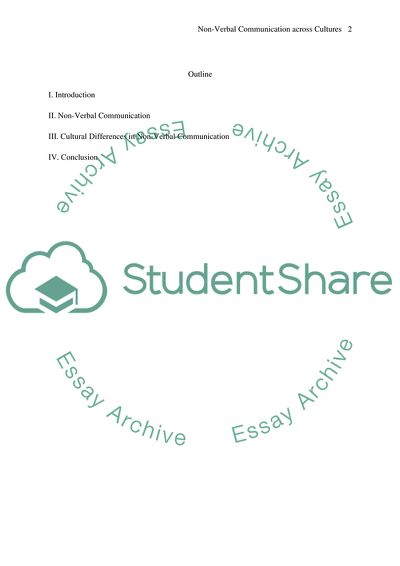Cite this document
(Non-Verbal Communication Term Paper Example | Topics and Well Written Essays - 2000 words, n.d.)
Non-Verbal Communication Term Paper Example | Topics and Well Written Essays - 2000 words. Retrieved from https://studentshare.org/psychology/1727161-nonverbal-communication
Non-Verbal Communication Term Paper Example | Topics and Well Written Essays - 2000 words. Retrieved from https://studentshare.org/psychology/1727161-nonverbal-communication
(Non-Verbal Communication Term Paper Example | Topics and Well Written Essays - 2000 Words)
Non-Verbal Communication Term Paper Example | Topics and Well Written Essays - 2000 Words. https://studentshare.org/psychology/1727161-nonverbal-communication.
Non-Verbal Communication Term Paper Example | Topics and Well Written Essays - 2000 Words. https://studentshare.org/psychology/1727161-nonverbal-communication.
“Non-Verbal Communication Term Paper Example | Topics and Well Written Essays - 2000 Words”. https://studentshare.org/psychology/1727161-nonverbal-communication.


